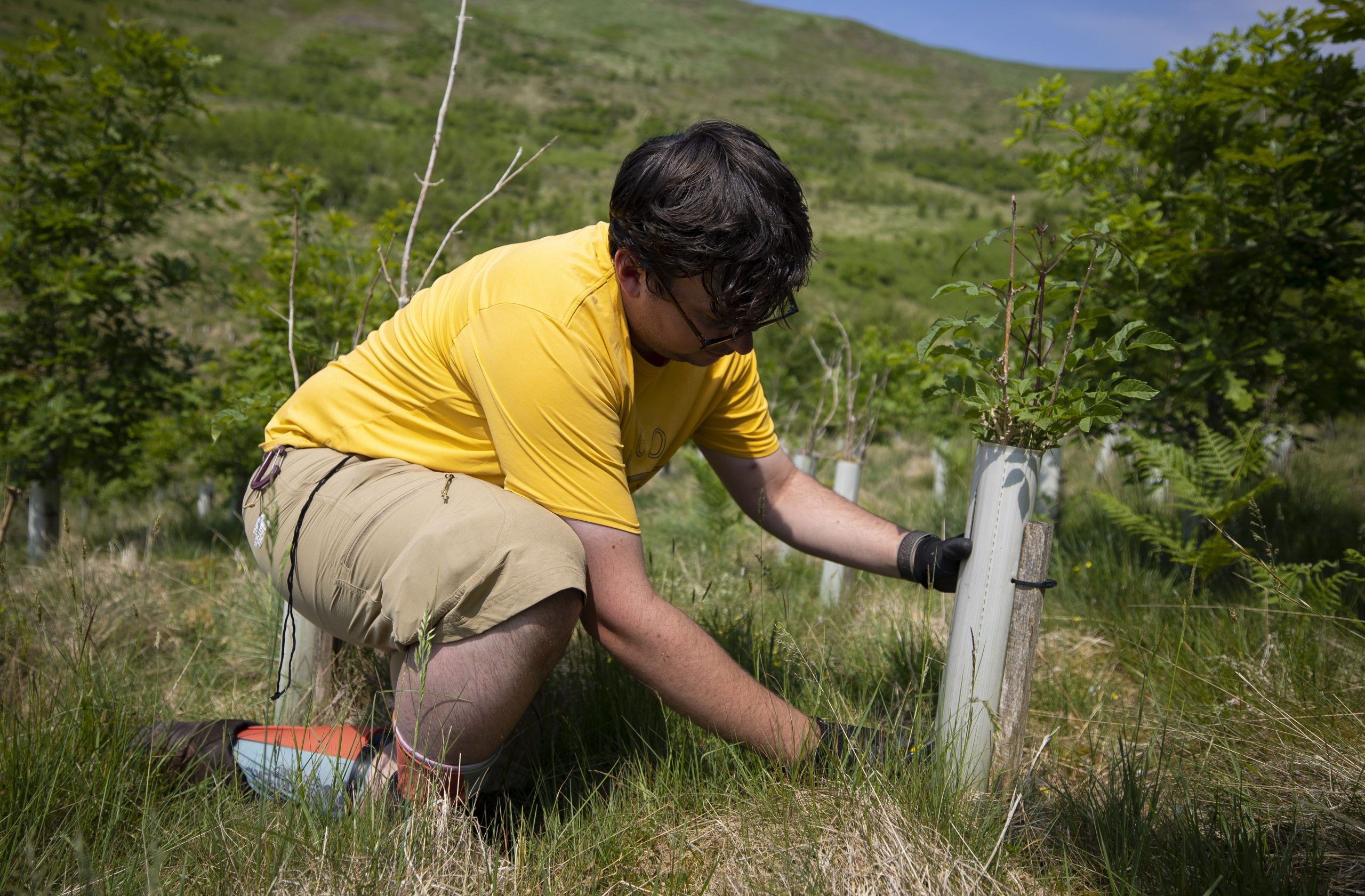
This article first appeared in The National.
This month the Scottish government published research showing that Scotland’s nature contributes more than £40 billion to the economy and supports around 260,000 jobs.
By any standards, that means nature – the complex array of life with which we share this land and its surrounding seas – plays a massive role in our economic life.
You’d think that investing in the future of one of our greatest national assets would be a top priority for any government. After all, our natural environment is more than an ‘asset’ – it’s our life support system. Nature gives us clean air and water, it underpins our ability to produce food, and it’s our first line of defence against climate change.
And it needs investment. With one in nine species in Scotland at risk of extinction, nature is not in a stable condition.
But very often, it seems that politicians view funding for nature as an easy target for cuts when they’re looking to make savings.
Earlier this year, Scottish government ministers cut money allocated to local councils for nature restoration and flood prevention to fund pay settlements. This followed major cuts to Scotland’s Forestry Grant Scheme which funds woodland creation, and cuts to funding to help farmers protect and restore nature on their farms.
So much for investing in a valuable asset.
And yet, Scotland’s leaders do acknowledge the urgency of addressing the nature crisis, and in rhetoric at least they rightly put it on a par with climate change, stressing that the two must be tackled together.
In September this year, John Swinney’s government committed to setting legally binding targets for the recovery of nature, through a Natural Environment Bill to be introduced by summer 2025.
This is a huge step forward. Legal nature targets could be a genuine game-changer, pushing the government to take sustained and strategic action to help nature to recover and thrive.
Nature has an amazing capacity for recovery. When people create the right conditions, natural ecosystems can reconnect and rebuild.
But making the changes needed to create those conditions takes both time and money. Farmers need financial support to help them do the things that help nature and the climate, like reducing pesticides, planting trees, restoring wetlands or creating wildflower meadows.
Land managers need funding to help them create the native woodlands that are vital for wildlife. And local councils, community groups, charities and businesses need funding to help nature regenerate itself across Scotland’s incredibly diverse environments.
For Scotland’s nature targets to drive the changes required, funding for nature restoration will need to be scaled up over time, not decreased. In its budget on 4 December, the Scottish government has the opportunity to show that it takes the state of Scotland’s environment seriously by protecting all funding for nature. The additional £3.4 billion that Scotland will receive following the UK budget means there will be no excuse for failing to maintain this vital investment in our future.
By Miriam Ross, campaign coordinator at Scottish Environment LINK

